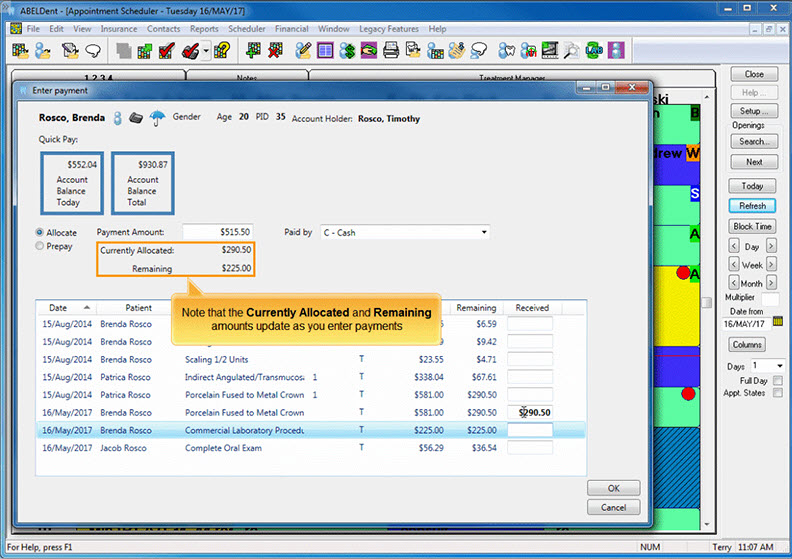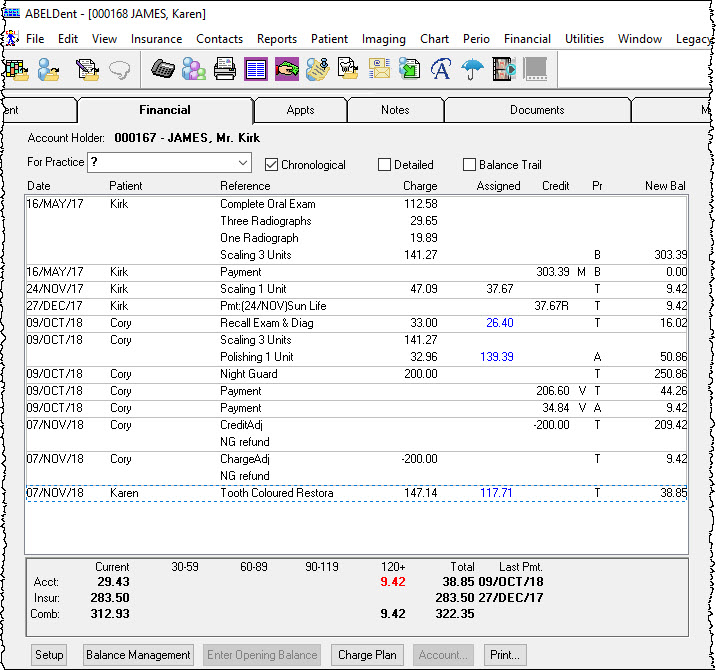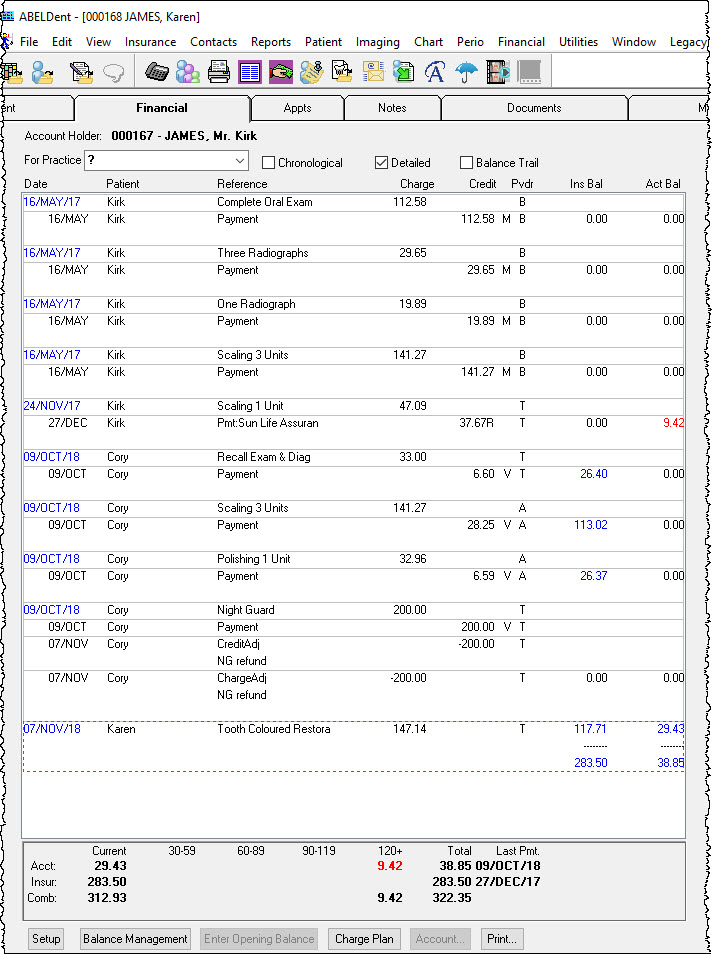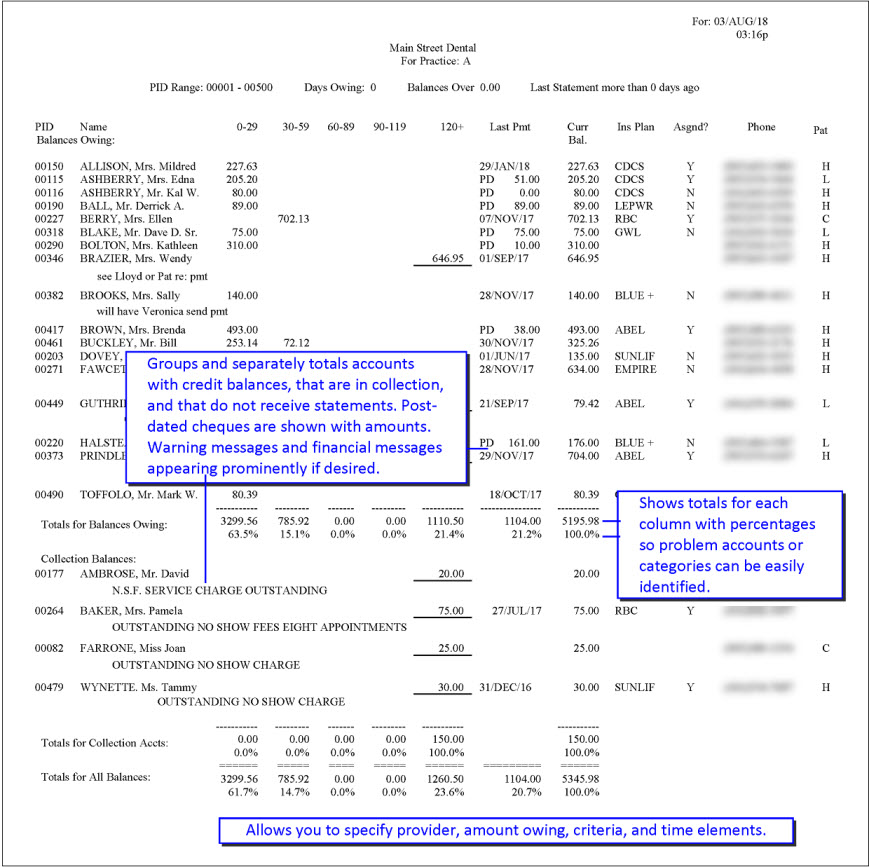It’s easy to get caught up looking at the “bells and whistles” when deciding on what dental practice management software to choose for your practice. However, in my experience, the importance of the software’s ability to track, display and report on financial entries is often not recognized until well after the software has been implemented. -

It’s easy to get caught up looking at the “bells and whistles” when deciding on what dental practice management software to choose for your practice. However, in my experience, the importance of the software’s ability to track, display and report on financial entries is often not recognized until well after the software has been implemented. By then it’s too late to easily address shortcomings in functionalities such as transaction viewing modes, multiple provider/practice reporting, payment entry/tracking, insurance processing and financial adjustments.
Financial transaction tracking and can be complex and comprehensive depending on specific needs of the practice. For example, the following list shows typical requirements to be aware of prior to purchasing a practice management system so that you can ensure it will:

Patient Ledger Views
There are many ways to present financial information in a patient ledger. The order and level of detail of transactions displayed will determine how easy it is for staff to communicate with patients about their financial history. Let’s look at two distinct views that cover the needs of most dental offices.
The following example – Chronological Order Display – lists all services and payments in the order in which they occur. The dollar value shown in the New Bal column is a running total of the patient balance by date. The blue figures display outstanding insurance payments and the New Bal column gives a running total of the patient balance.

The example below – Open Item Display – lists each service as a separate transaction along with the associated payment (that may have been made on a different date). This is useful for easily determining if a specific service has been paid. The Ins Bal and Act Bal columns display the remaining balance owed per service for insurance and patient balance respectively.

The two examples presented above suggest that dental transactions can be relatively complex depending on the level of detail needed and whether insurance payment tracking is required. Look for a dental practice management system with financial capabilities that provide as much flexibility as possible to avoid disappointment, particularly if you cannot anticipate all your needs ahead of time.
Financial Reporting
A report such as the one displayed below conveniently provides a complete snapshot of the day eliminating the need to view/reconcile multiple reports.

Accounts Receivable
The following report includes additional detail that identifies potential problem areas.

Conclusion
We have covered the standard requirements that are commonly overlooked when evaluating dental practice management software. There are other types of financial reports and metrics to consider but they go beyond the scope of this blog.
Assessing and defining your financial tracking needs early on in the process can save you from making the wrong choice and having to live with a number of compromises and time-consuming workarounds.